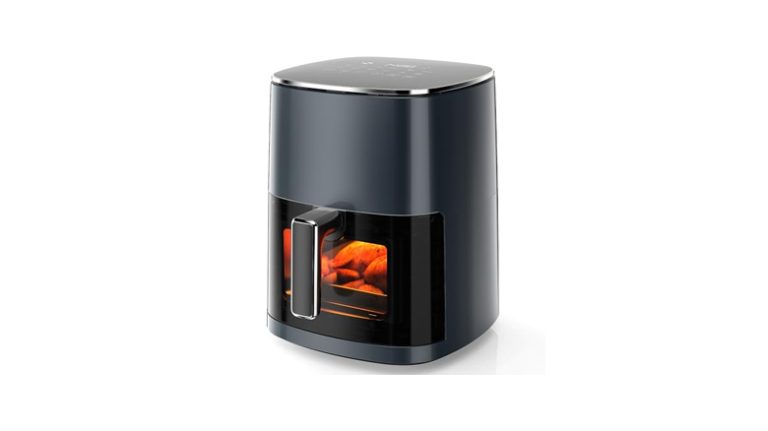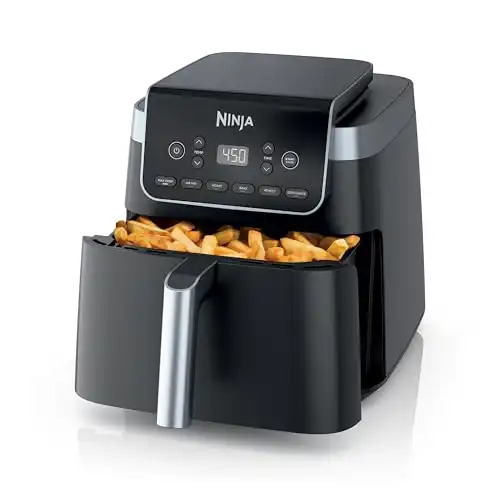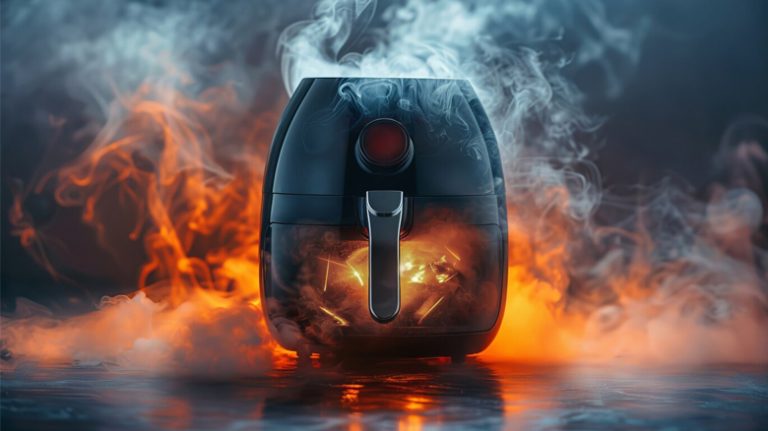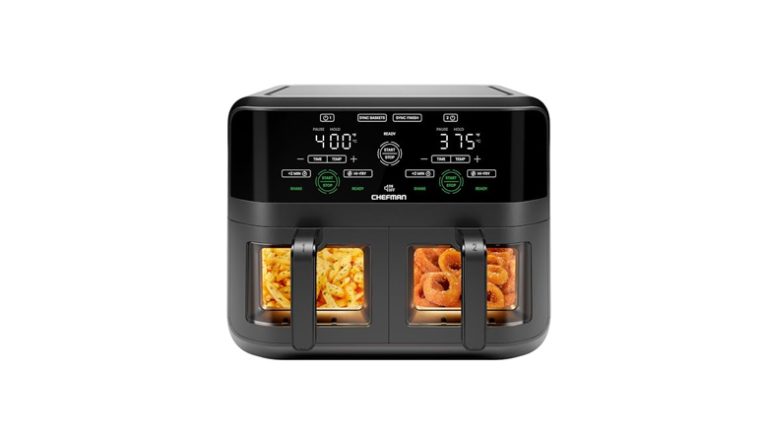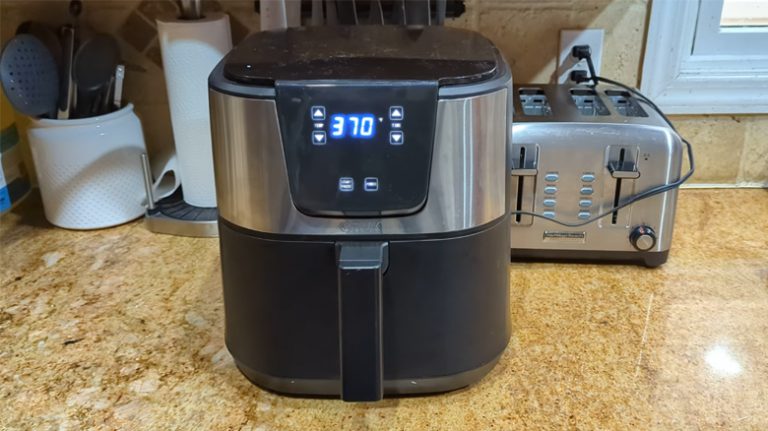How Do Air Fryers Work: A Deep Dive into Crispy, Healthy Cooking
Air fryers have taken the culinary world by storm, promising crispy, delicious meals with a fraction of the oil used in traditional frying methods. But how do air fryers work their magic? If you’re curious about the science behind this kitchen appliance and how it delivers golden fries or juicy chicken wings without the guilt, you’re in the right place. In this article, we’ll explore the mechanics of air fryers, their key components, the cooking process, and why they’ve become a must-have for health-conscious foodies. Let’s uncover the technology that’s revolutionizing home cooking.
The Core Mechanism: Hot Air Circulation at Its Finest
At its heart, an air fryer operates on a simple yet ingenious principle: rapid hot air circulation. Unlike deep fryers that submerge food in bubbling oil, air fryers use a powerful fan and a heating element to create a convection effect. This process mimics the results of frying but relies on air as the primary cooking medium. The appliance pulls in air, heats it to a high temperature, and circulates it around the food at high speed. This ensures even cooking and that signature crispy exterior we all crave.
The technology is often compared to a convection oven, but air fryers take it up a notch. Their compact size allows for faster, more intense airflow, cooking food more efficiently than their larger counterparts. This combination of heat and motion is what gives air-fried foods their texture—crisp on the outside, tender on the inside—without drowning them in oil.
Key Components of an Air Fryer
To understand how air fryers work, let’s break down their essential parts:
1. Heating Element
The heating element, typically located near the top of the unit, generates the high temperatures needed for cooking. Most air fryers reach between 200°F and 400°F (93°C to 204°C), depending on the recipe or settings. This coil or filament heats the air quickly, setting the stage for the frying process.
2. Fan
The fan is the unsung hero of the air fryer. Positioned above the heating element, it pulls in cool air, passes it over the hot coils, and blasts it downward into the cooking chamber. This rapid circulation ensures that heat reaches every surface of the food, eliminating the need for constant flipping or turning.
3. Cooking Basket
The perforated cooking basket or tray holds the food while allowing hot air to flow freely around it. The holes or slots in the basket are critical—they prevent heat from being trapped and ensure the air can crisp up all sides of your meal. Many baskets also come with a drip tray to catch excess grease, keeping the process clean and lean.
4. Exhaust System
Air fryers feature a small exhaust vent to release excess heat and steam. This prevents pressure buildup and maintains consistent cooking conditions inside the unit.
Together, these components create a mini powerhouses that delivers fast, flavorful results with minimal effort.
The Cooking Process: Step-by-Step
So, how does an air fryer turn raw ingredients into a crunchy masterpiece? Here’s a breakdown of what happens when you hit the start button:
Step 1: Preheat (Optional)
Some air fryer models preheat the chamber to the desired temperature, ensuring the cooking process starts instantly. While not always necessary, preheating can enhance crispiness for certain foods like frozen fries or breaded items.
Step 2: Air Heating
Once activated, the heating element kicks into gear, warming the air inside the fryer to the set temperature. This happens within seconds, thanks to the small cooking space.
3: High-Speed Circulation
The fan springs into action, pulling in air and forcing it over the heating element. The now-hot air—sometimes reaching speeds of up to 30 mph—swirls around the food in a vortex-like pattern. This rapid movement ensures consistent heat distribution and eliminates cold spots.
Step 4: Maillard Reaction
Here’s where the magic happens. The hot air triggers the Maillard reaction—a chemical process between amino acids and sugars in the food that creates that golden-brown color and rich flavor. This is the same reaction you’d get from deep frying, but without the oil bath.
Step 5: Moisture Evaporation
As the hot air circulates, it evaporates surface moisture from the food. This drying effect is what gives air-fried dishes their crunch. A light coating of oil (optional) can amplify this crispiness by enhancing heat transfer.
Step 6: Cooking Completion
Once the timer dings, the air fryer shuts off, leaving you with perfectly cooked food that’s crispy on the outside and juicy within. The entire process often takes 10-20 minutes, depending on the dish.
Why Air Fryers Stand Out: The Health Factor
One of the biggest draws of air fryers is their ability to slash oil usage. Traditional deep frying requires submerging food in cups of oil, which soaks into the dish and boosts calorie counts. Air fryers, on the other hand, need just a teaspoon or two—or none at all—to achieve similar results. Studies suggest air frying can reduce fat content by up to 70-80% compared to deep frying, making it a game-changer for healthier eating.
The secret lies in the hot air’s ability to mimic oil’s role. Oil conducts heat and crisps food by dehydrating the surface. In an air fryer, the high-speed air takes over that job, rendering excess oil unnecessary. This makes it ideal for everything from vegetables to meats, all while keeping calories in check.
What Can You Cook in an Air Fryer?
Air fryers are incredibly versatile. Popular dishes include:
- French fries: Crispy and golden with a fraction of the grease.
- Chicken wings: Juicy inside, crunchy outside—no deep fryer needed.
- Vegetables: Roasted to perfection with a caramelized edge.
- Fish: Flaky and tender with a light, crispy coating.
- Desserts: Think apple fritters or churros, minus the oil splatter.
You can even reheat leftovers or bake small batches of muffins. The only limit is the size of the basket, though larger models cater to families.
Tips for Air Fryer Success
To get the most out of your air fryer, keep these pointers in mind:
- Don’t Overcrowd: Leave space between pieces for air to circulate. Overlapping food can lead to soggy results.
- Shake or Flip: Halfway through cooking, give the basket a shake or flip the food for even crispness.
- Light Oil Spray: For extra crunch, mist food with a tiny bit of olive or avocado oil.
- Clean Regularly: Remove grease buildup from the basket and tray to maintain performance.
Air Fryers vs. Other Appliances
How do air fryers stack up against ovens or deep fryers? Compared to a conventional oven, air fryers cook faster and use less energy due to their compact size. Deep fryers, while unbeatable for certain textures, require more cleanup and oil, making air fryers a practical, everyday alternative. Microwaves heat food quickly but can’t replicate the crispy finish an air fryer delivers.
The Science of Flavor: Why It Works
Beyond mechanics, air fryers excel because they tap into the science of taste and texture. The Maillard reaction, paired with moisture control, creates complex flavors that rival traditional methods. Add in the ability to customize seasonings, and you’ve got a tool that’s as creative as it is convenient.
Final Thoughts: A Kitchen Revolution
Air fryers work by combining high heat, rapid air circulation, and clever design to cook food that’s crispy, flavorful, and healthier than deep-fried alternatives. Their heating elements and fans transform simple ingredients into restaurant-quality dishes, all while cutting down on oil and mess. Whether you’re a busy parent, a fitness enthusiast, or just someone who loves good food, understanding how air fryers work reveals why they’ve earned a permanent spot on countertops worldwide. Ready to fry up something delicious? Your air fryer’s hot air is waiting.

